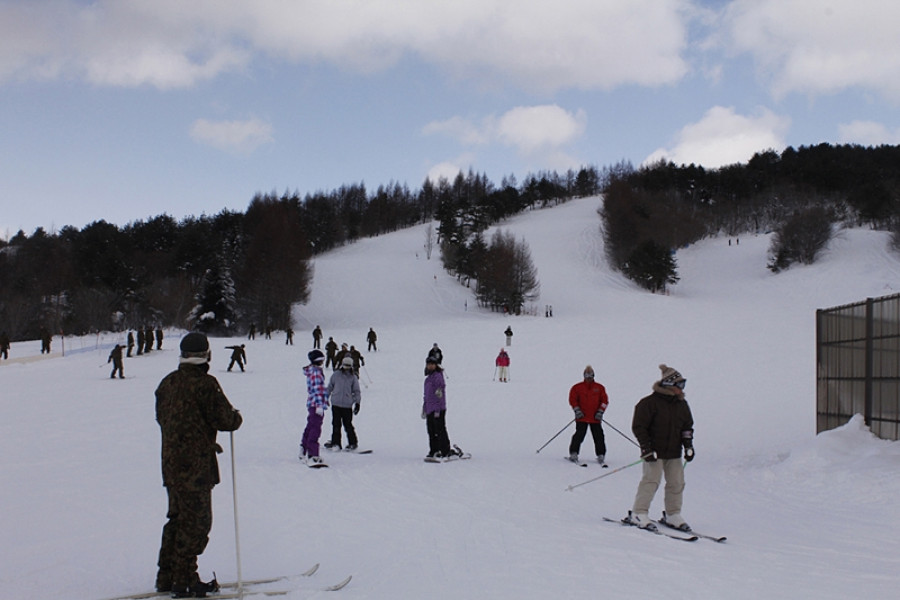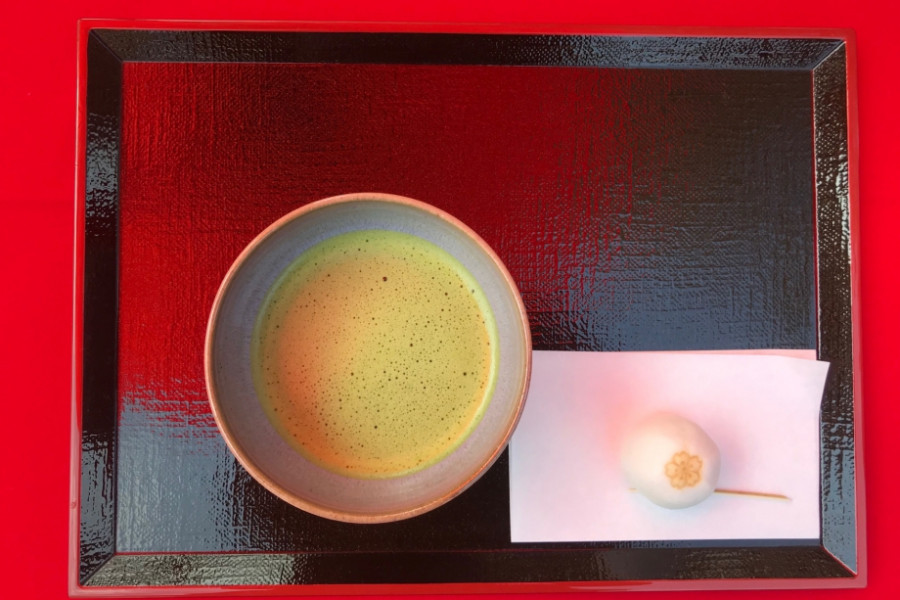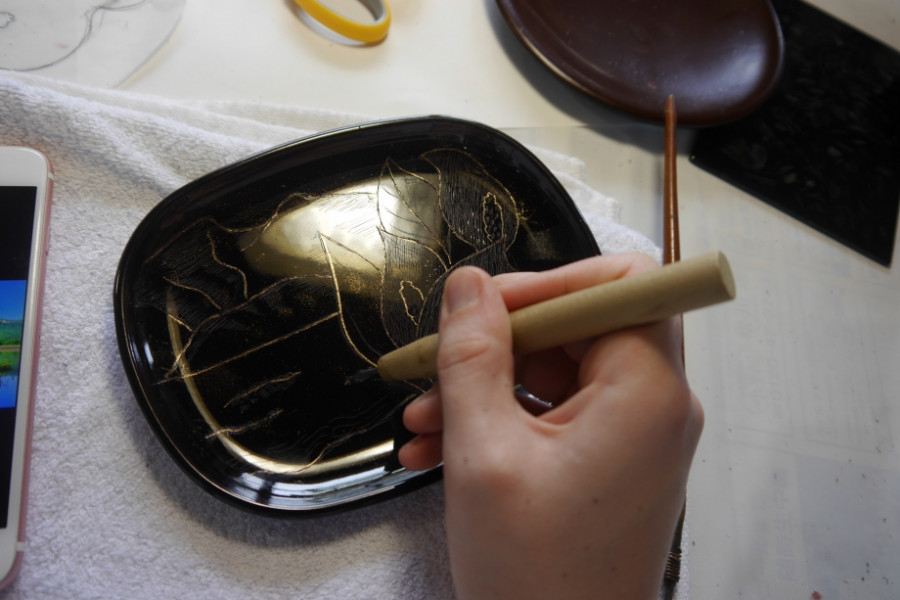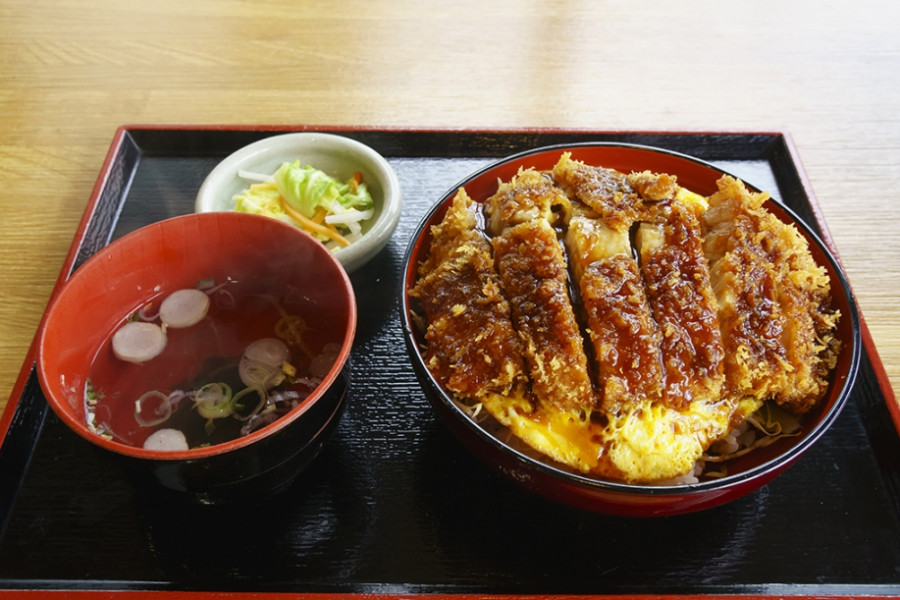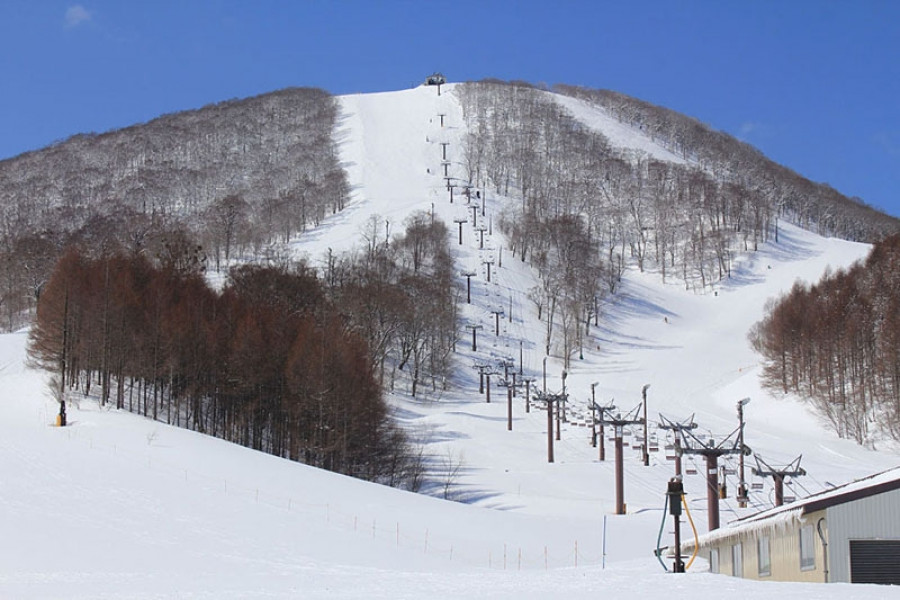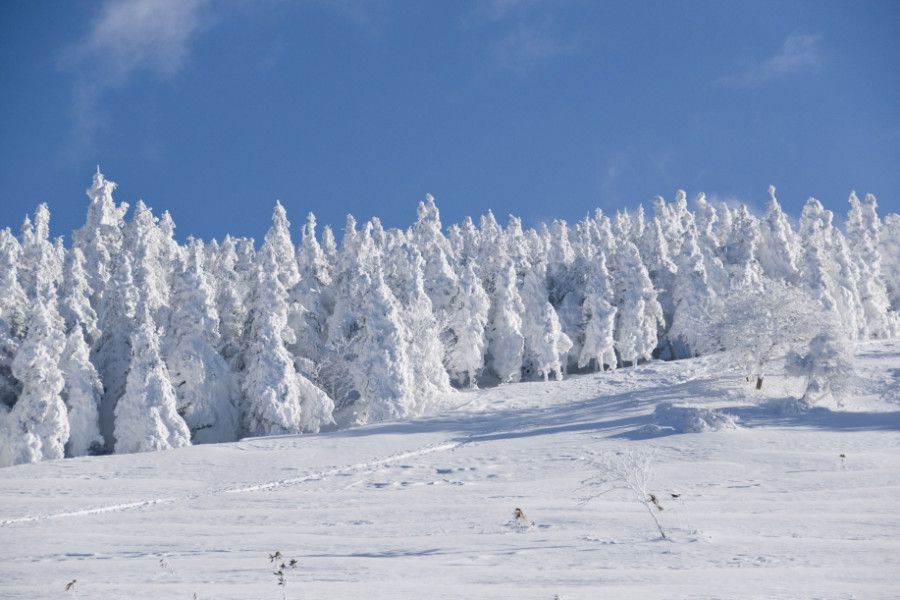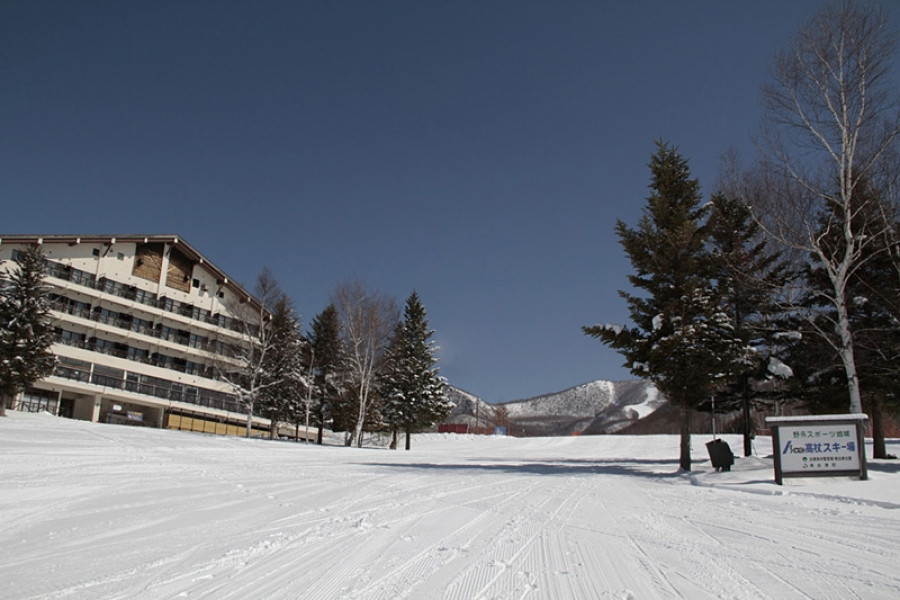Snow Activities
Hoshino Resorts Nekoma Mountain
With its high-quality powder snow, Hoshino Resorts Nekoma is perfect for all levels of experience, especially for full-fledged skiers. The Freestyle Park is popular among snowboarders on account of its rich variety of terrain features.The resort was formed in 2023 by combining two previous resorts, one on each side of Mt. Nekomadake, with the building of a connecting ski lift. This allows visitors to use both resorts -- a huge area with over 30 courses -- on a single ski pass.Ski passes can be bought from reception (south area shown here), and cashless payments are accepted.The plaza on the south side also features a ski rental shop, a large restaurant (11:00am - 2:00pm weekdays, 10:30am - 2:30pm weekends), ski goods store, and several smaller restaurants and cafes. There is some luggage storage on the 2nd floor and a rest area overlooking the ski lifts.See here for Aizu Ski Japan's page about Hoshino Resorts Nekoma.Typical day pass cost: Adult: 5200 yen Junior and senior high school students: 3800 yen Elementary school students: 2500 yen*Discounts are available for early booking, both for day passes and season passes. Visit the official website for updated prices.

